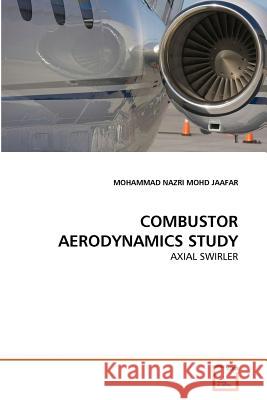Combustor Aerodynamics Study » książka
Combustor Aerodynamics Study
ISBN-13: 9783639357622 / Angielski / Miękka / 2011 / 80 str.
This book presents numerical and experimental study of physical insight of the main vortex, responsible for the efficient mixing of fuel and air in a micro gas turbine combustor. Experimental measurements performed on a laboratory model using Particle Image Velocimetry deliver details of flow structure, important for optimization of combustor geometry and verification of numerical models. Three-dimensional, viscous, turbulent, isothermal flow characteristics of this combustor model were simulated via Reynolds-Averaged Navier-Stokes (RANS) code. The effects of swirlers and mass flow rate were examined. Details of the complex flow structure such as vortices and recirculation zones were obtained by the simulation model. The computational model predicts a major recirculation zone in the central region immediately downstream of the fuel nozzle and a second recirculation zone in the upstream corner of the combustion chamber which is consistent with the experimental results.
This book presents numerical and experimental study of physical insight of the main vortex, responsible for the efficient mixing of fuel and air in a micro gas turbine combustor. Experimental measurements performed on a laboratory model using Particle Image Velocimetry deliver details of flow structure, important for optimization of combustor geometry and verification of numerical models. Three-dimensional, viscous, turbulent, isothermal flow characteristics of this combustor model were simulated via Reynolds-Averaged Navier-Stokes (RANS) code. The effects of swirlers and mass flow rate were examined. Details of the complex flow structure such as vortices and recirculation zones were obtained by the simulation model. The computational model predicts a major recirculation zone in the central region immediately downstream of the fuel nozzle and a second recirculation zone in the upstream corner of the combustion chamber which is consistent with the experimental results.











